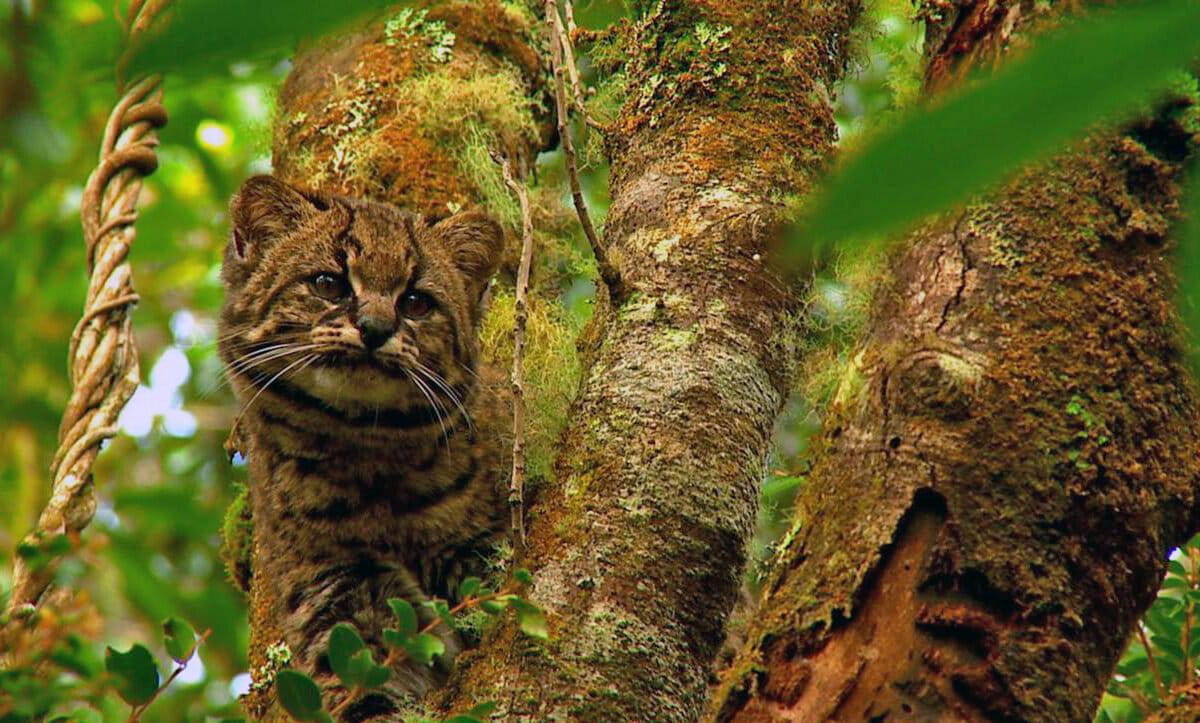A
What happened
The International Union for Conservation of Nature (IUCN) has reclassified the guiña, also known as the kodkod, from 'vulnerable' to 'least concern' on its Red List of Threatened Species. This change is attributed to better data regarding the species' population and habitat adaptability. However, conservationists caution that this downgrade could lead to reduced funding and attention for the three subpopulations that remain critically endangered. Experts like Nicolas Galvez, who led the assessment, stress that while the guiña appears to be thriving in some areas, significant threats such as habitat loss, human-wildlife conflict, and climate change persist. The guiña plays a crucial ecological role by controlling rodent populations, which has implications for public health, particularly concerning hantavirus transmission. Conservationists are concerned that the new status may mislead stakeholders into believing the species no longer requires urgent conservation efforts.
★
Key insights
-
1
Guiña's New Status
The guiña's downgrade reflects better data, not improved conservation outcomes.
-
2
Conservation Concerns
Experts fear reduced funding and attention for vulnerable guiña populations.
-
3
Ecological Role
Guiña help control rodent populations, impacting public health.
Takeaways
The guiña's new classification highlights the importance of continued conservation efforts despite improved population estimates.
